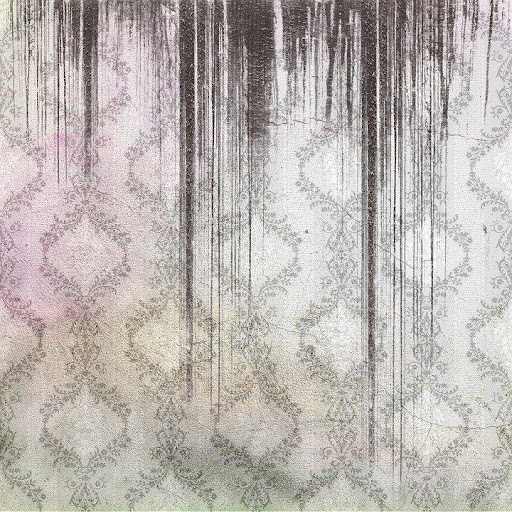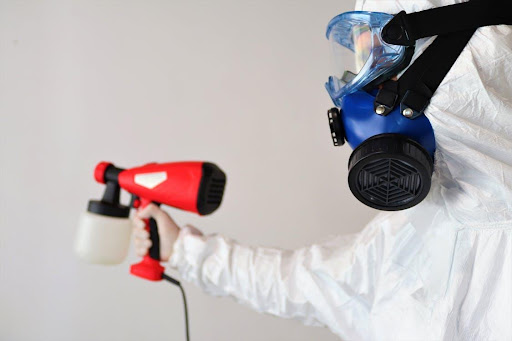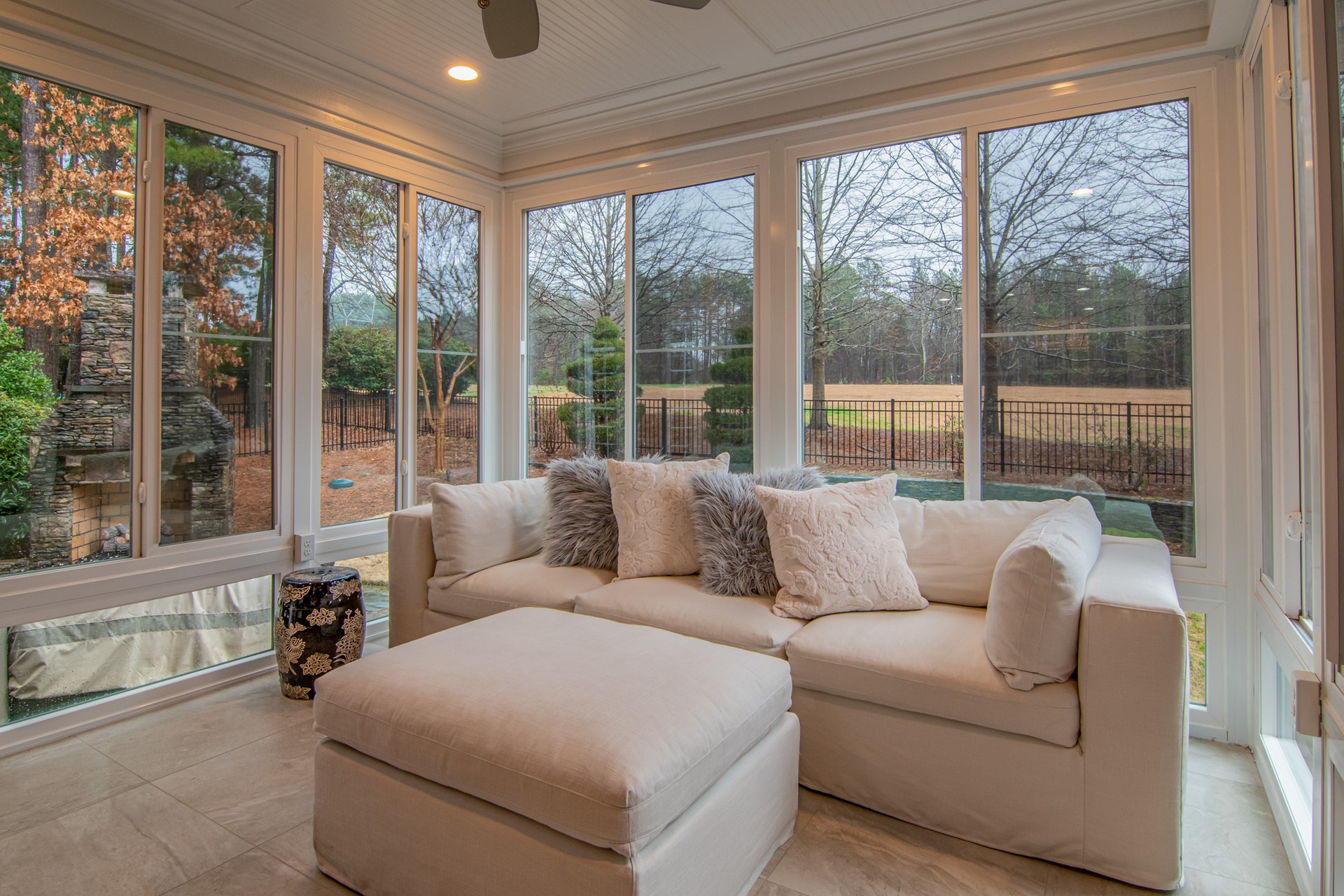Mold: The Dangers
Fungi are not fun guys, especially when they get in your lungs. Sure, mushrooms can be delicious and are a good source of antioxidants, but not all fungi are mushrooms. Those dark patches on the wall that you don’t remember being there? Those are probably the bad kind of fungus.
You don’t need to worry too much – you won’t be taken over by some parasitic mushroom and start a zombie outbreak or anything – but those spreading stains can still be detrimental to your health. According to https://www.epa.gov/mold/mold-and-health, you may suffer allergic reactions like coughing from exposure to mold and spores. More severely, those with respiratory problems like asthma or bronchitis may exacerbate their symptoms by inhaling spores.
More serious cases may find you lethargic and ill, sharing symptoms with the flu. Those with compromised immune systems could even suffer life-threatening symptoms. Thanks to how mold propagates with spores, and thanks to how light and unfilterable those spores are, if you do have a mold problem, it’ll likely linger in the air a while.
Mold is also a problem because it can actually cause damage to your house. It eats away at glue in particular, destroying your carpets, wallpapers, and posters without you ever noticing. Drywall is also not particularly safe, as the paper backing is a prime target for the nasty specks. Some of mold’s spores or byproducts can even be flammable, depending on the strain, creating a dangerous fire hazard in your house.
And, really, mold is just inconvenient. It looks bad, it smells bad, it’s slippery and it spreads. If you leave it unchecked for too long, you may find your house soon covered in it. Some forms of mold are even slippery, so be careful if you spot it growing on stairs.
These problems are all rather unpleasant, and nothing you want to deal with, so avoiding mold is always a must. That being said, where does the mold even come from in the first place?
Causes of Mold

If you do have mold in your house, where do you notice it the most? Probably in the bathrooms, laundry room, and kitchen, right? These are the dampest areas in your house, and the first two are often kept dark as well. Mold, as any fungus, likes to spread in dim, dank places, so watch out for areas that are prone to misting up.
The presence of mold may be indicative of more serious issues. Pipe leaks, roof leaks, and flooding all create an excess of moisture which can be severely detrimental to your living. This includes creating mold where you don’t expect to see it, like in the living room or bedroom. Good ventilation may help solve the problem, but it might also just make it worse.
You may also notice that mold is concentrated around your air conditioning unit, or any other appliance that runs on water. This is likely because there’s a leak around that appliance, which could be disastrous to your flooring.
Put most succinctly, mold is attracted to moisture. Keep the moisture down, and you’ll keep mold out of your house. There are many steps to preventing and getting rid of mold as well, a lot of which are easy, and many more of which are hard.
How To Prevent and Destroy Mold

Prevention is better than any cure, as they say, so our first step is to mold-proof your home. Mold removal can be dangerous if done improperly, and proper mold removal can be expensive. So, here are some ways you can keep the fungi away.
First, keep the humidity down. Dehumidifiers work well to lower the amount of moisture in your home’s air, and there are meters available for you to be able to track just how humid it is. Lower the temperature of your baths or showers too, to prevent steam from erupting all over the place. If you live in naturally humid placed like Florida, you might need to consider more drastic moisture removal measures.
On that same note, ventilate like your life depends on it. Vents in your bathroom, in the kitchen, in the laundry room… put them everywhere moisture is produced. You need to keep the steam away, so that it can’t feed the mush. Mold inhibiting paints can work wonders in these kinds of rooms.
You should also properly remove mold once you notice it. While this can be done easily at lower amounts, usually with just a bucket of water with a tiny amount of bleach added to it, more severe mold problems may require a thorough cleansing.
Mold-killing products are common at your average home goods store, but bleach will be your best friend. When using bleach, always take proper safety measures to prevent harm. Do not, under any circumstances mix bleach with other cleaning products. If bleach comes into contact with ammonia, mold will be the least of your problems behind a highly toxic gas.
If your mold problem is severe, then you might need to call for outside assistance. Companies like Precision Mold Removal are experts at getting rid of the hazardous creeping spores, and they can get it in places you might not be able to reach. Services like this are plentiful, so don’t hold back if you think you need help.
On the other hand, avoid getting your home tested for mold. You don’t need to do that, as there are no guidelines on what makes mold hazardous or in what amounts. All you’ll get is a report on where mold exists, which isn’t too useful since I just told you where it’s most likely to appear. And, no matter what kind of mold is present, you probably want it removed anyway.
Mold is bad. There’s a lot of different levels of how bad it can be, and most of them are benign, but there’s a reason good homeowners always get rid of it. The potential out-of-season allergies are a good enough deterrent, so why not put your mold to rest today?



